Lytico-bodig Disease
Lytico-bodig disease. Lytico-Bodig as its diagnosed is one hundred to four hundred times more co. Thus an environmental cause is almost. Lytico-Bodig was initially thought to be a genetic disorder ofautosomal dominant inheritance with incomplete penetrance7 However the disease developed in a few Filipinos who moved to Guam as young adults8 and longterm epidemiologic investigations have shown that the incidence is decreasing9.
Chronic traumatic encephalopathy Neurodegenerative disease caused by repeated head injuries. A potential role for montmorillonite a. 0 A neurological disease with paralysis and dementia associated with the US territory of Guam.
Medical conditions similar to or like Lytico-bodig disease Amyotrophic lateral sclerosis Specific disease that causes the death of neurons controlling voluntary muscles. The natives called it lytico-bodig from the Spanish paralytico meaning weakness and it. Kate Edgar previously Managing Editor at the Summit Books division of Simon and Schuster began working with Oliver Sacks in 1983.
Lytico-bodig disease presents itself in two ways. In this manuscript I suggest that mineral exposure such as bentonite exposure may be a primary factor in Western Pacific ALSPDC. When these aggregate clearance mechanisms not functioning as well due to old age for example they form dangerous oligomers grouped up amyloids which in turn can form plaques too.
Lytico-bodig disease lytico-bodig a local name for the disease formed from truncations of Sp. Lytico-bodig disease The plant was thought to be linked with the degenerative disease lytico-bodig on the island of Guam. To discover a cure we first must look at the cause of this dreadful neurodegenerative disease.
A neurological disease with paralysis and dementia associated with the US territory of Guam. Phenotypes1 In Guam the disease is commonly called lytico-bodig. Published on Mar 1 2008.
The worlds greatest concentration of ALS Lou Gherigs Disease has been found on the Pacific island of Guam. The epicentre of the Lytico-Bodig disease Listeners.
The epicentre of the Lytico-Bodig disease Listeners.
In 1952 Lytico-Bodig a rare neurological disease sharing features with amyotrophic lateral sclerosis Parkinsons disease and Alzheimers disease was discovered on the remote island of Guam. Lytico-bodig disease Lytico-bodig disease Guam disease or amyotrophic lateral sclerosis-parkinsonism-dementia is a neurodegenerative disease of uncertain etiology endemic to the Chamorro people of the island of Guam in Micronesia. Lytico-Bodig was initially thought to be a genetic disorder ofautosomal dominant inheritance with incomplete penetrance7 However the disease developed in a few Filipinos who moved to Guam as young adults8 and longterm epidemiologic investigations have shown that the incidence is decreasing9. Lytico is a cortical degeneration that resembles amyotrophic lateral sclerosis ALS and frontotemporal degeneration Bodig is a subcortical degeneration resembling parkinsonism and progressive supranuclear palsy. Medical conditions similar to or like Lytico-bodig disease Amyotrophic lateral sclerosis Specific disease that causes the death of neurons controlling voluntary muscles. Thus an environmental cause is almost. Lytico-bodig disease lytico-bodig a local name for the disease formed from truncations of Sp. The epicentre of the Lytico-Bodig disease Listeners. Kate Edgar previously Managing Editor at the Summit Books division of Simon and Schuster began working with Oliver Sacks in 1983.
In 1952 Lytico-Bodig a rare neurological disease sharing features with amyotrophic lateral sclerosis Parkinsons disease and Alzheimers disease was discovered on the remote island of Guam. Lytico-Bodig was initially thought to be a genetic disorder ofautosomal dominant inheritance with incomplete penetrance7 However the disease developed in a few Filipinos who moved to Guam as young adults8 and longterm epidemiologic investigations have shown that the incidence is decreasing9. The epicentre of the Lytico-Bodig disease Listeners. She has served as editor and researcher on all of his books and has been closely involved with various films and adaptations based on his work. When these aggregate clearance mechanisms not functioning as well due to old age for example they form dangerous oligomers grouped up amyloids which in turn can form plaques too. A neurological disease with paralysis and dementia associated with the US territory of Guam. Kate Edgar previously Managing Editor at the Summit Books division of Simon and Schuster began working with Oliver Sacks in 1983.


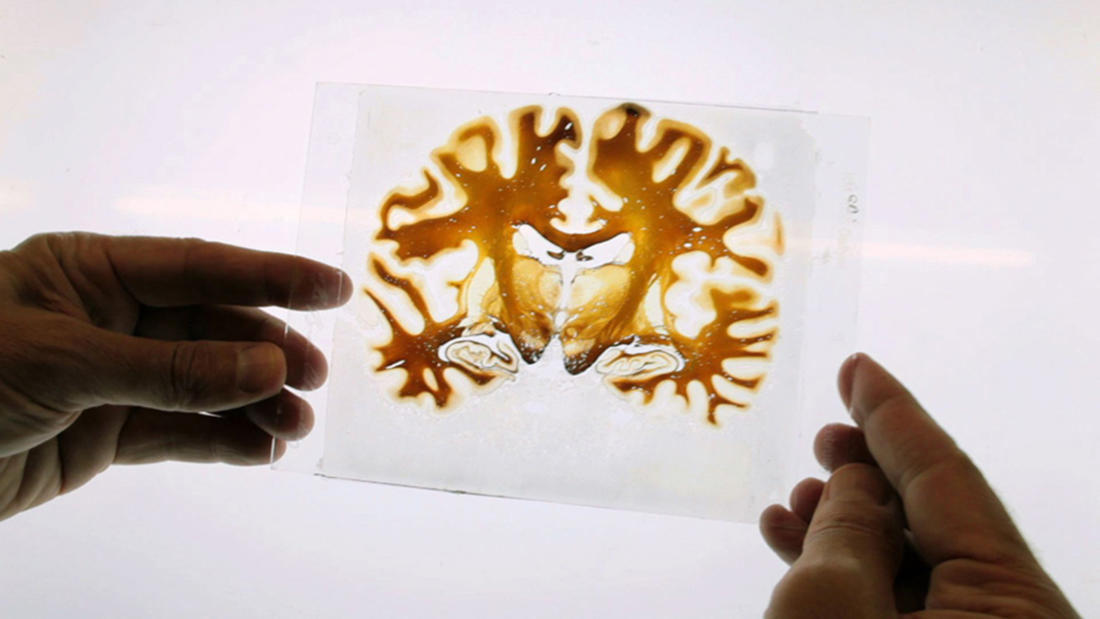



















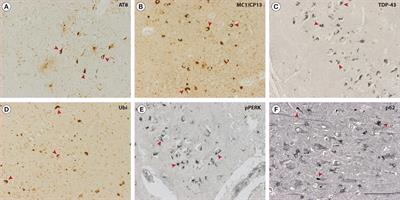
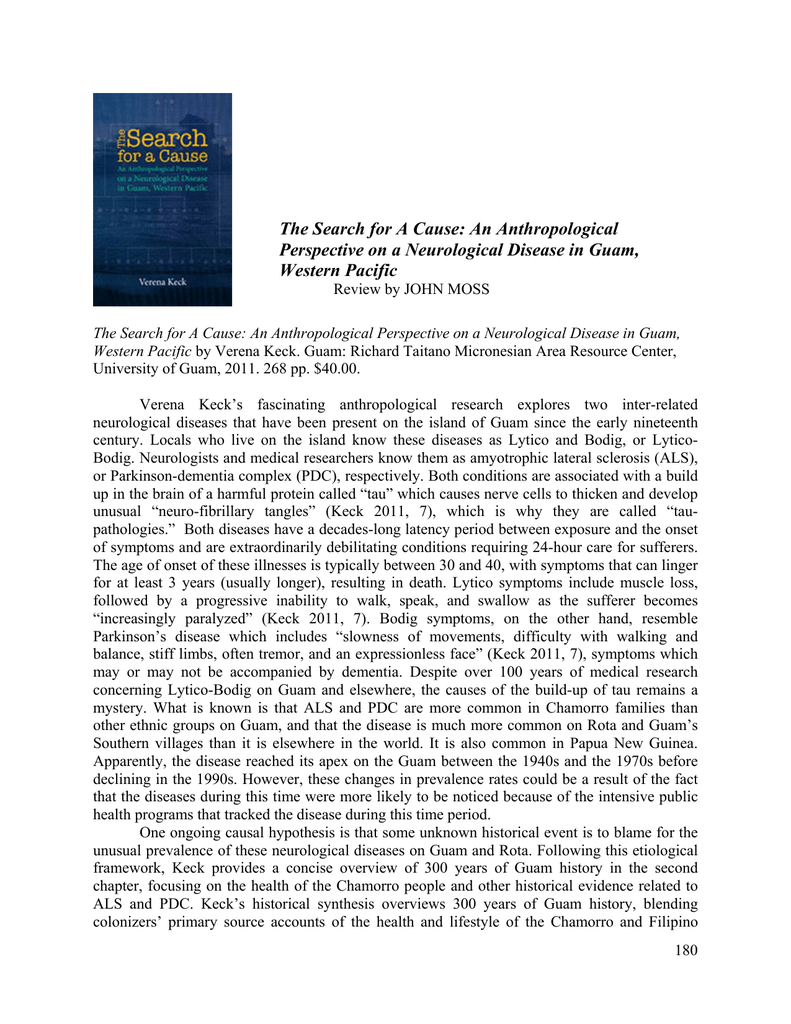



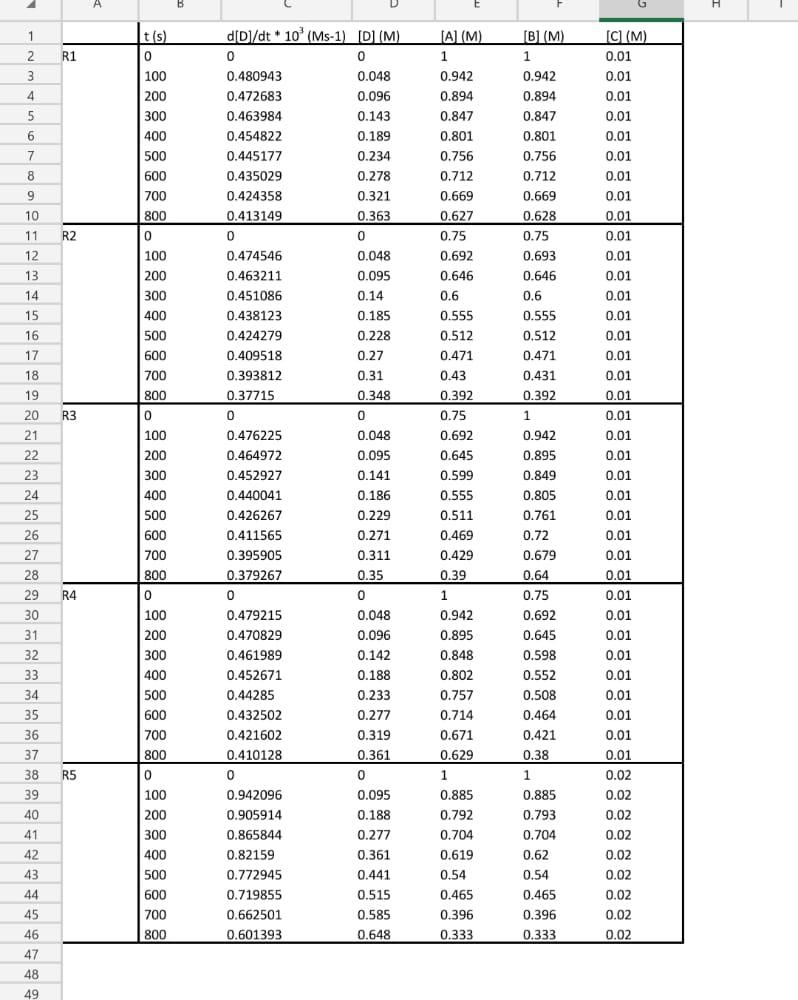




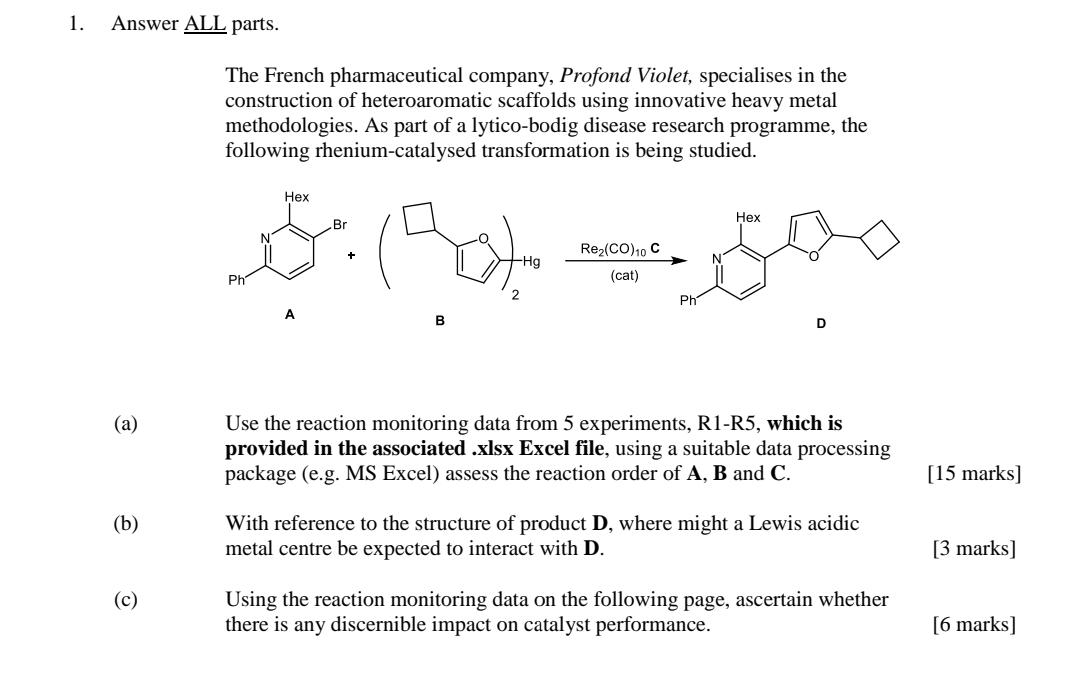




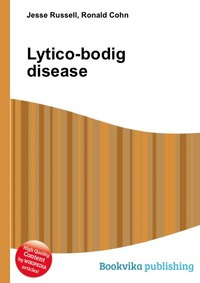




Post a Comment for "Lytico-bodig Disease"